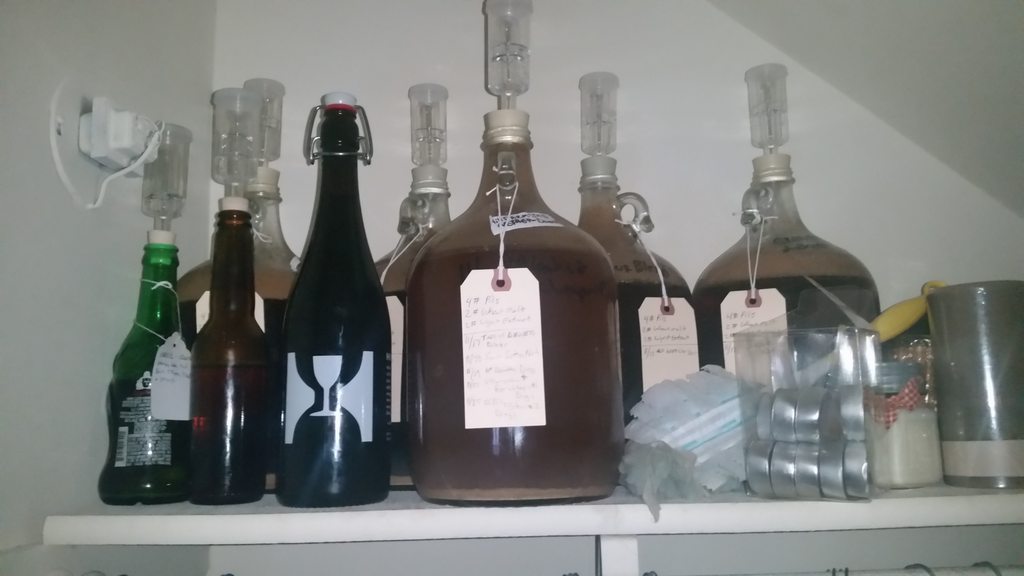dubbwelsh
Member
- Joined
- Aug 15, 2015
- Messages
- 24
- Reaction score
- 4
I plan on brewing a 5 gallon batch based on The Rare Barrels "Golden Sour". Then split the batch into 5-1 gallon batches, pitching 5 different commercial mixed cultures. 3 containing Brett, Pedio, Lacto, and Sacc. 2 containing multiple Brett Strains each. My question(s), will this recipe provide good representation of what to expect out of these mixed cultures before committing to a similar 5 gallon batch and my million dollar question, at what Mash Temperature? I have conflicting schools of thought.
Tonsmeire (The Mad Fermentationist) seems to mash at the upper end, 152+° F, as to leave something for Brett etc. to chew on, even when pitching all at primary. Goodwin (The Rare Barrel), goes the other way, mashing low ~146° F, with the idea of making the fermentables easily accessible upfront when pitching all together in primary.
Sour Test #1
36.4% Pale Malt (2 Row) US
36.4% Pilsner (2 Row) Ger
18.2% White Wheat Malt
9.1% Rolled Oats
Side note: I planned on adding 1 IBU from a mash hop, but I want to give the lacto the best chance possible, any thoughts on this would be rad too. Thanks!
Chris
Tonsmeire (The Mad Fermentationist) seems to mash at the upper end, 152+° F, as to leave something for Brett etc. to chew on, even when pitching all at primary. Goodwin (The Rare Barrel), goes the other way, mashing low ~146° F, with the idea of making the fermentables easily accessible upfront when pitching all together in primary.
Sour Test #1
36.4% Pale Malt (2 Row) US
36.4% Pilsner (2 Row) Ger
18.2% White Wheat Malt
9.1% Rolled Oats
Side note: I planned on adding 1 IBU from a mash hop, but I want to give the lacto the best chance possible, any thoughts on this would be rad too. Thanks!
Chris



